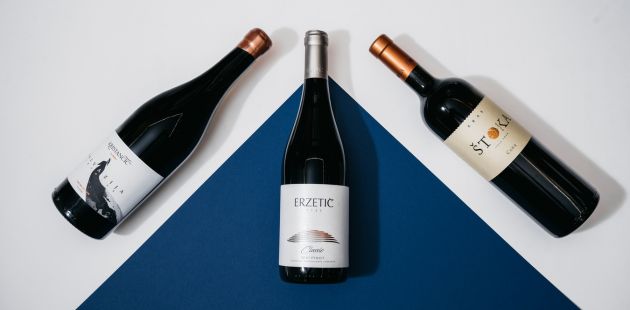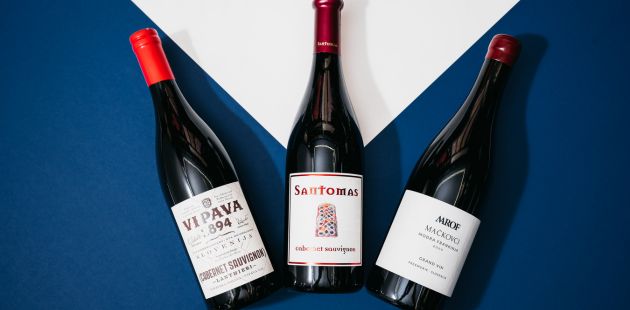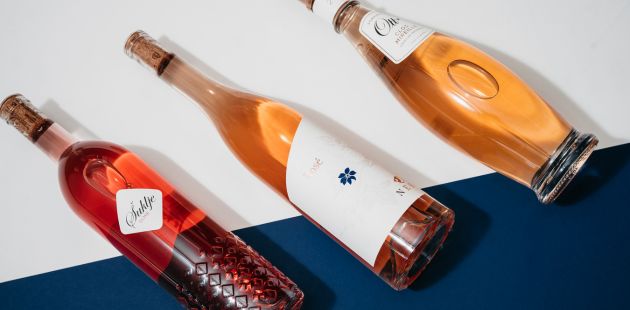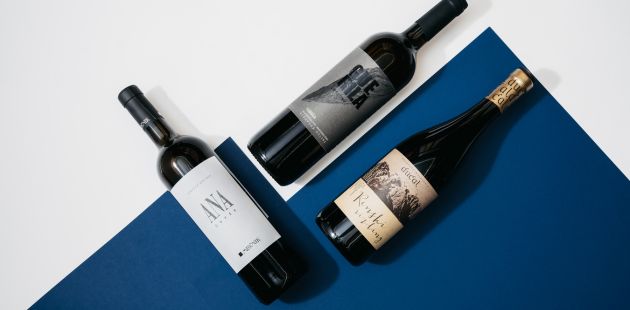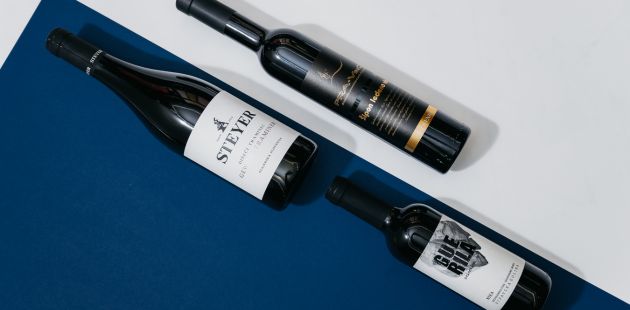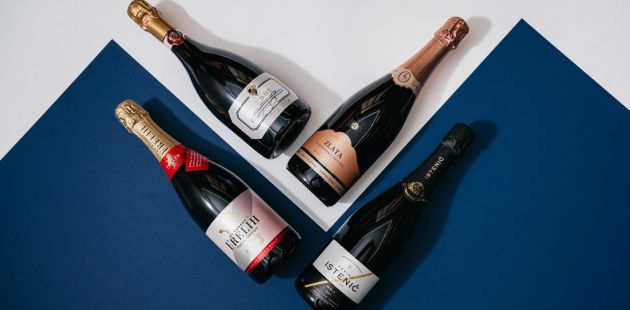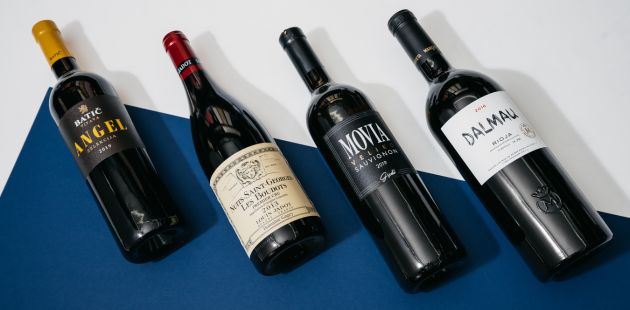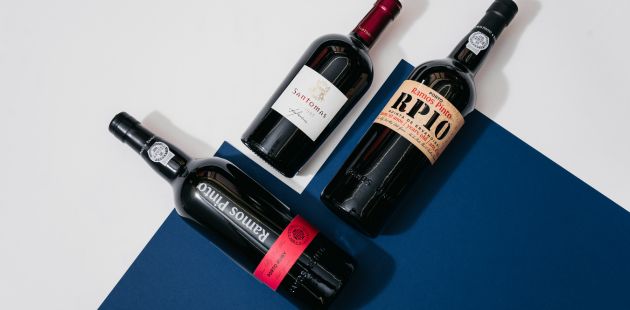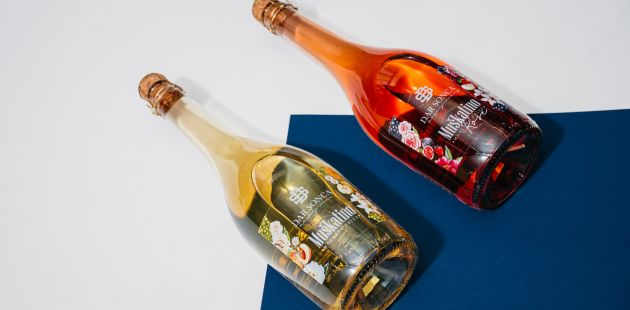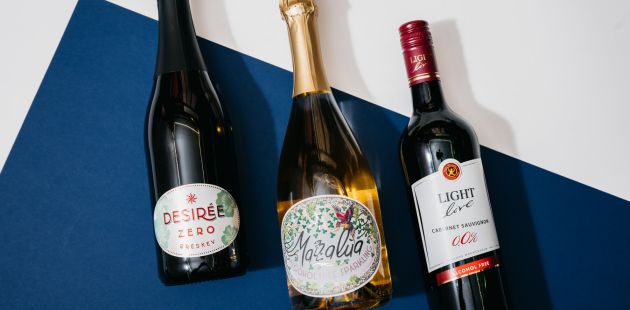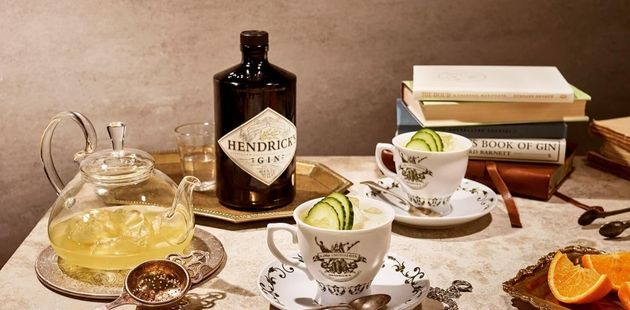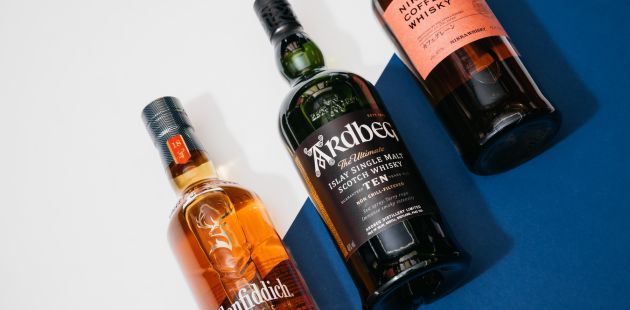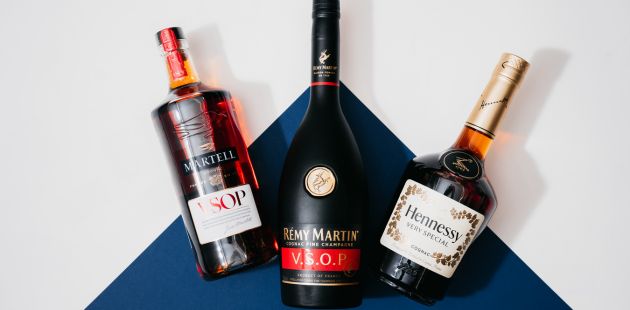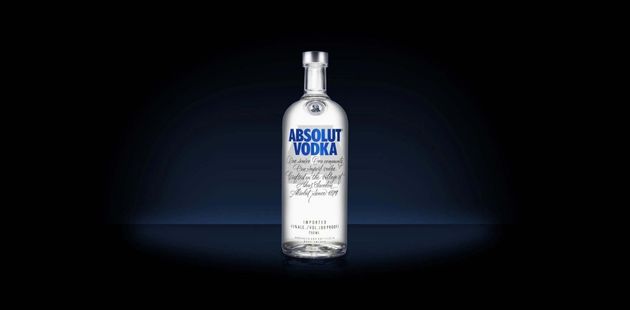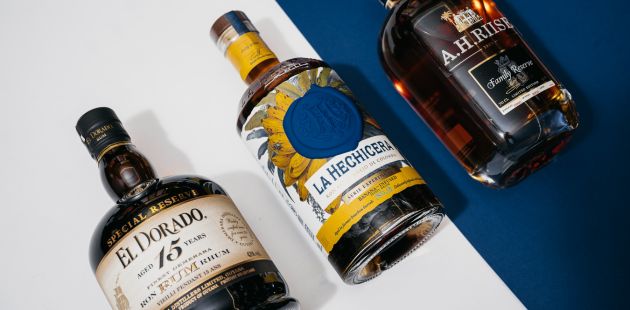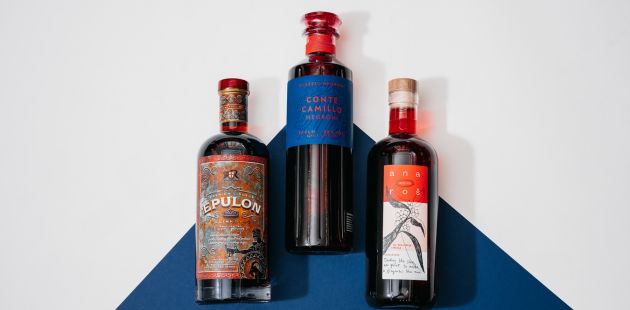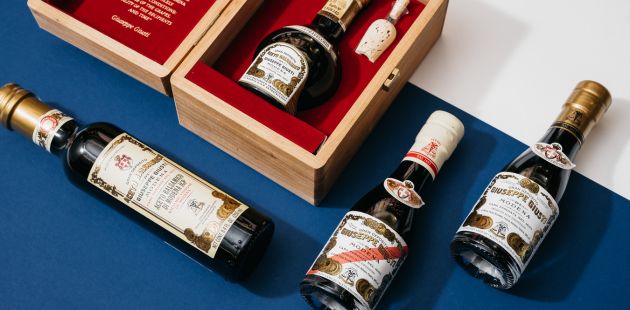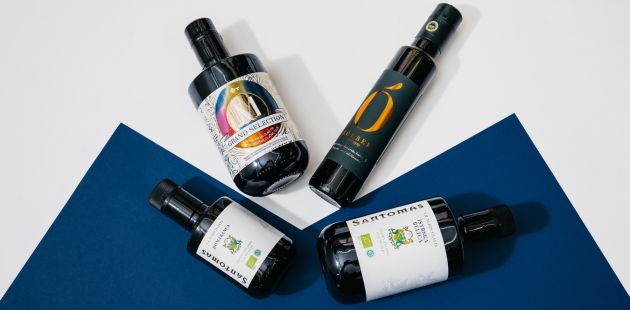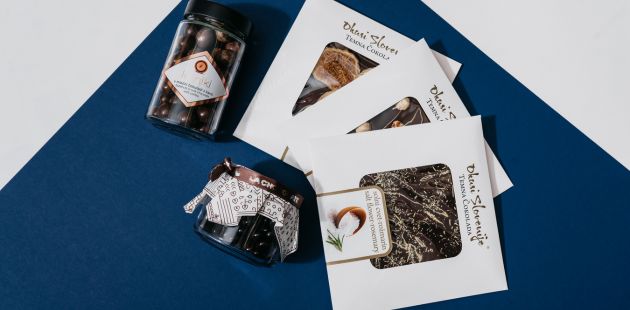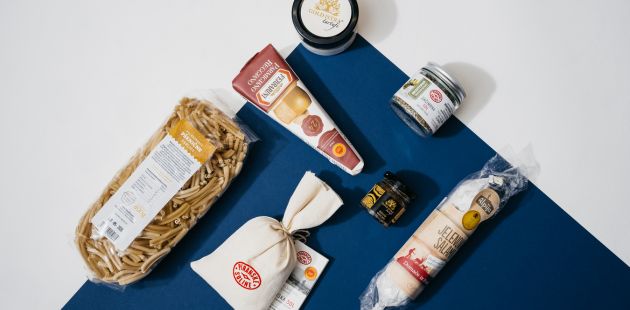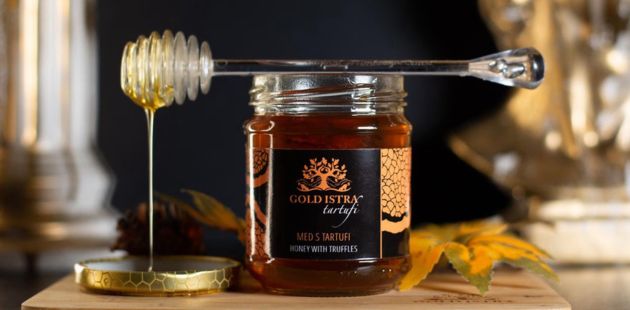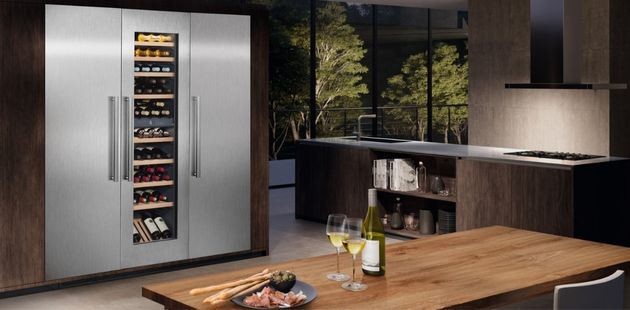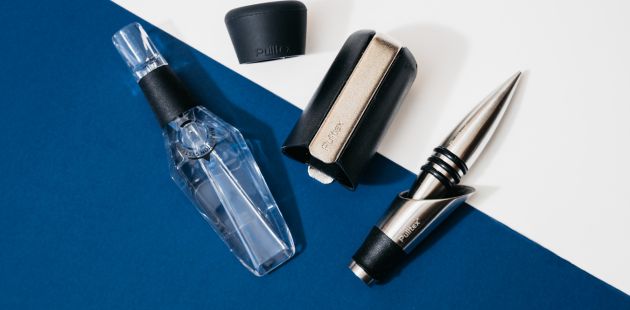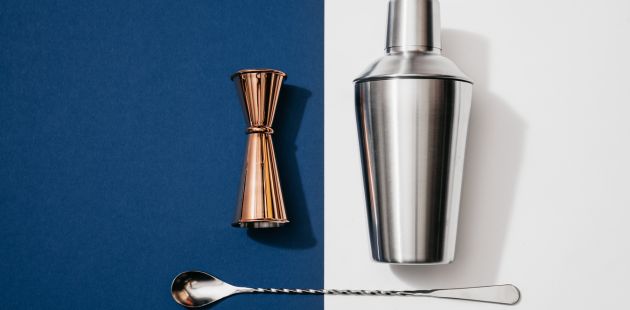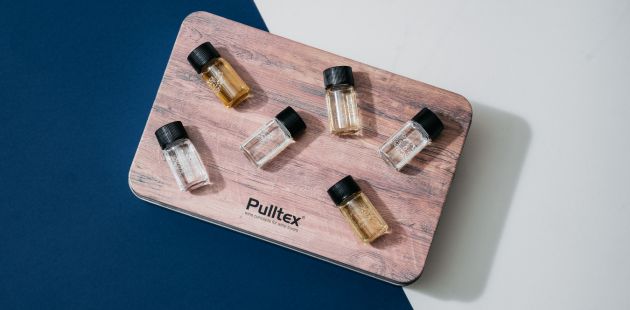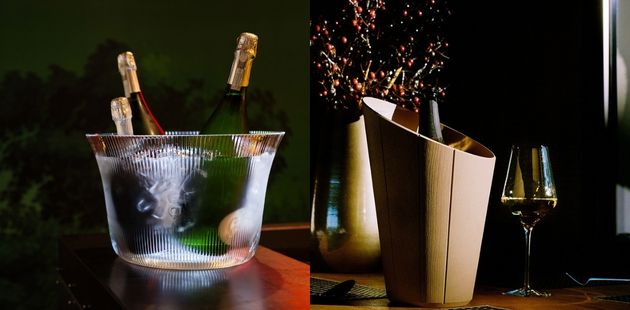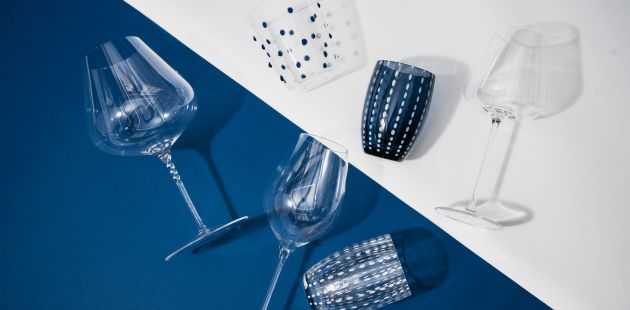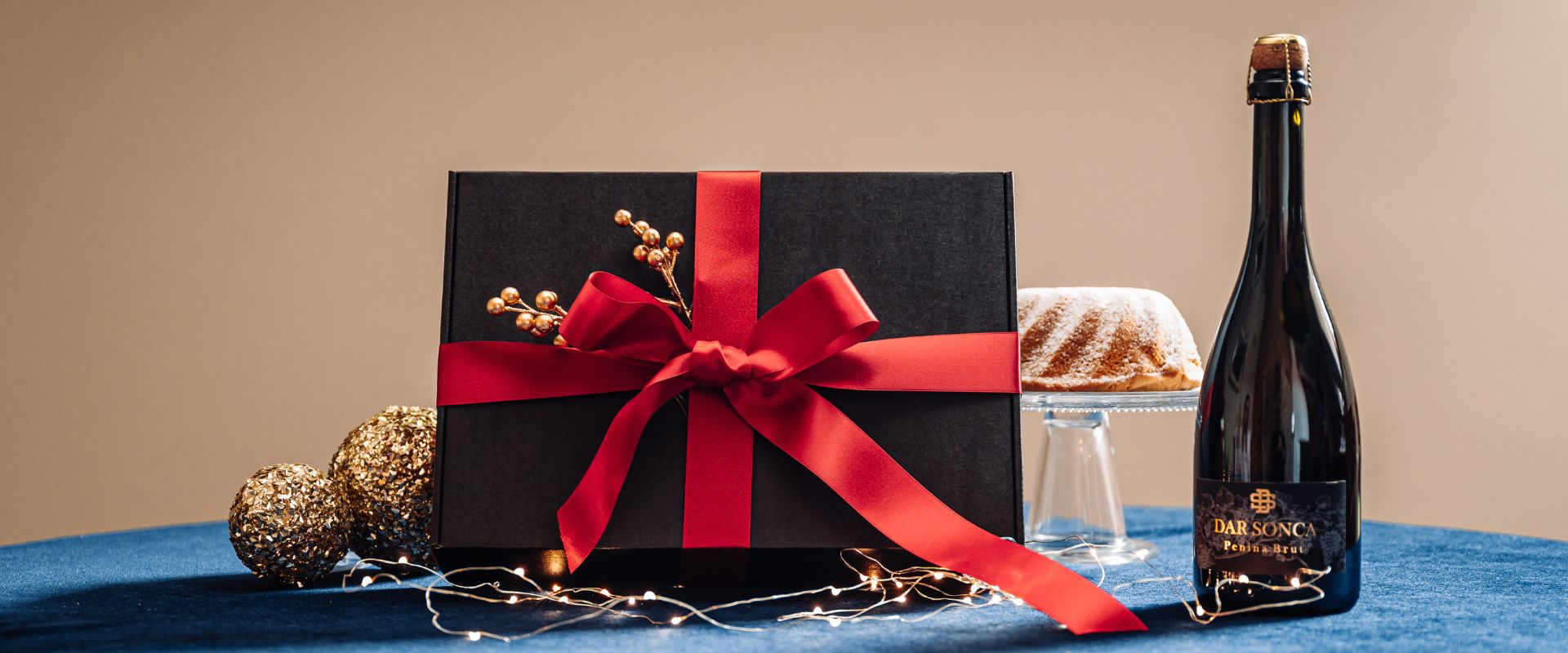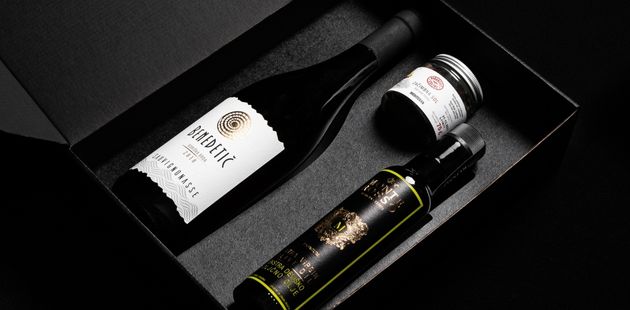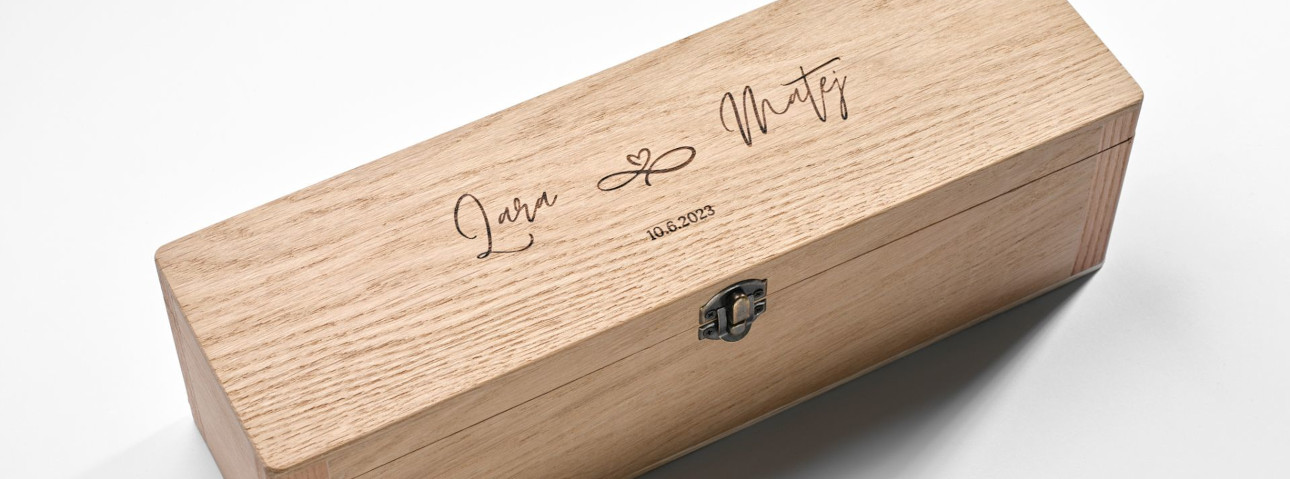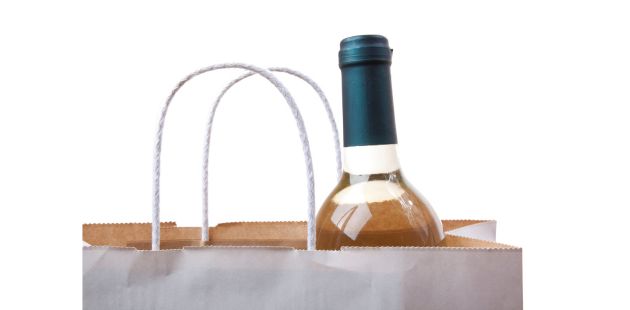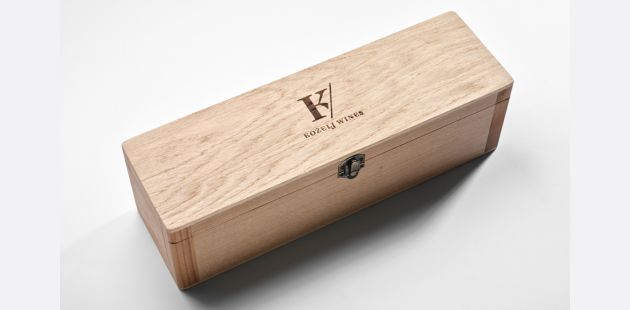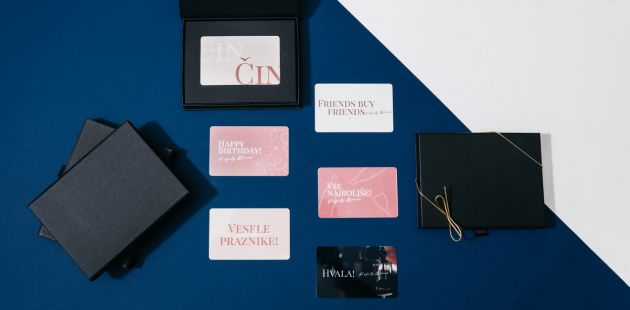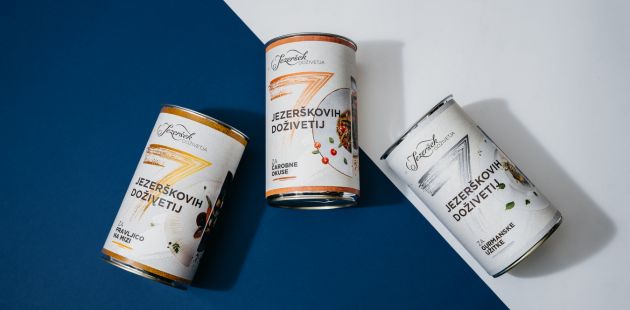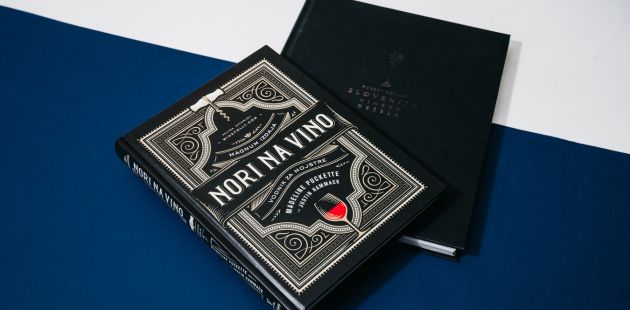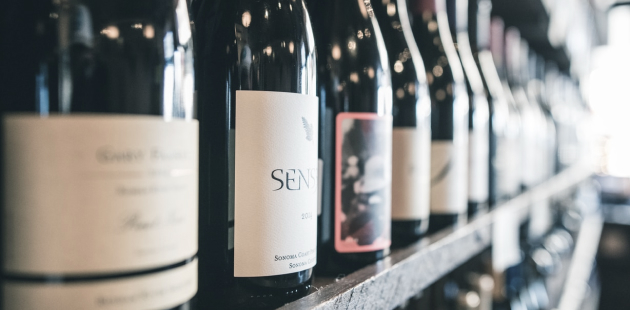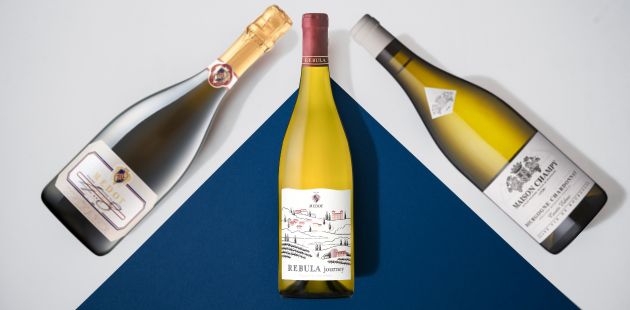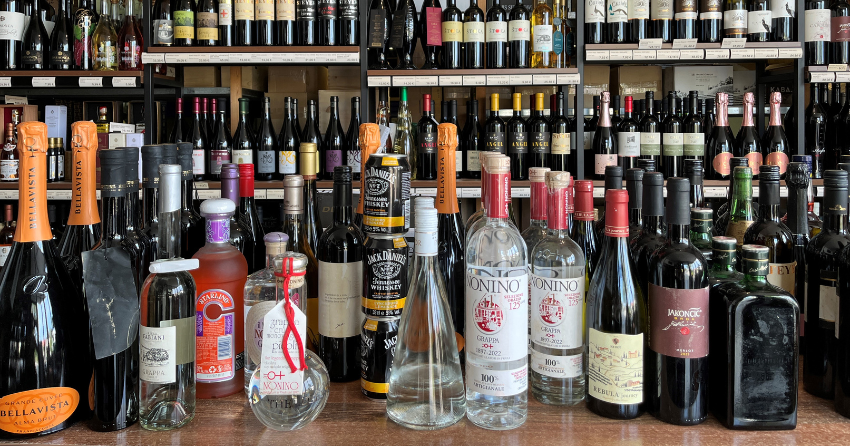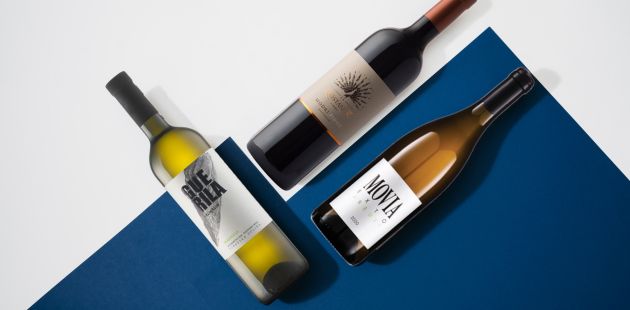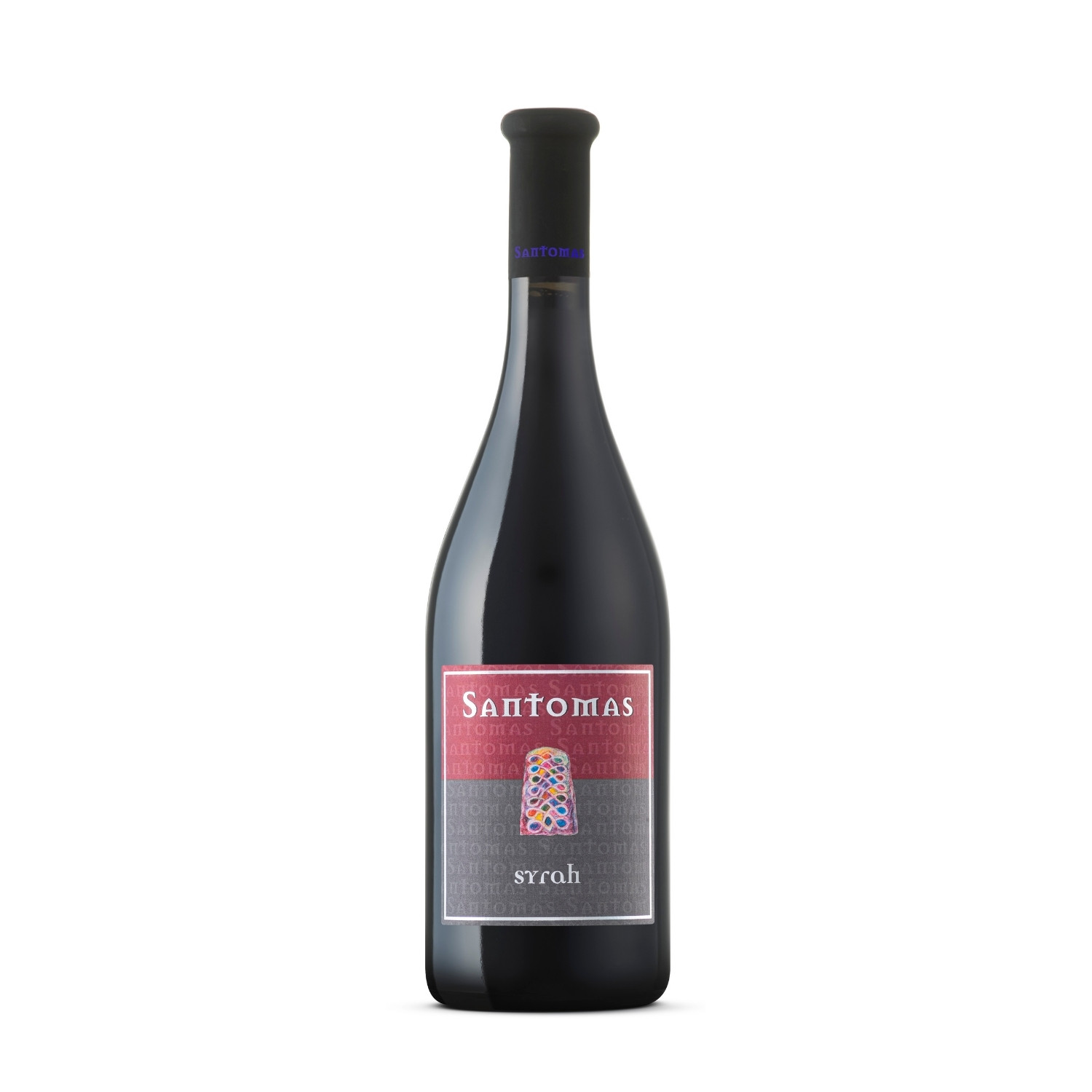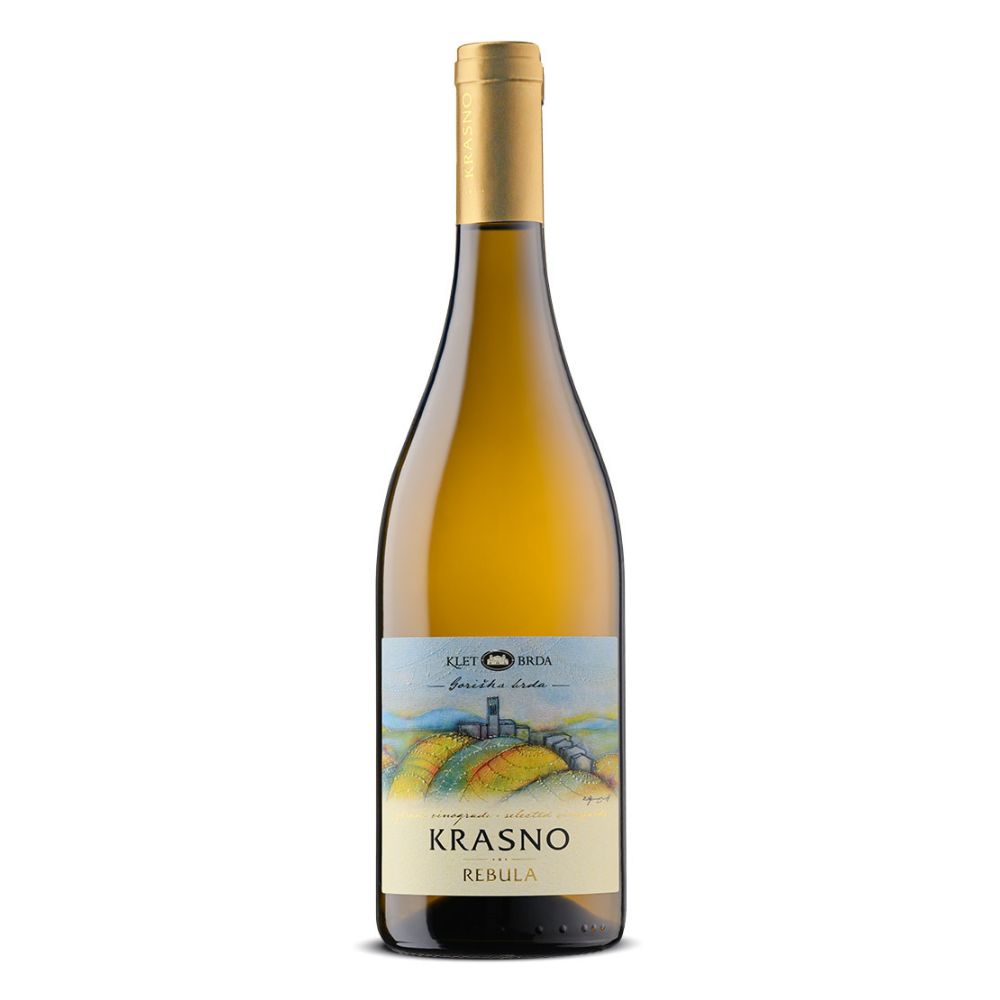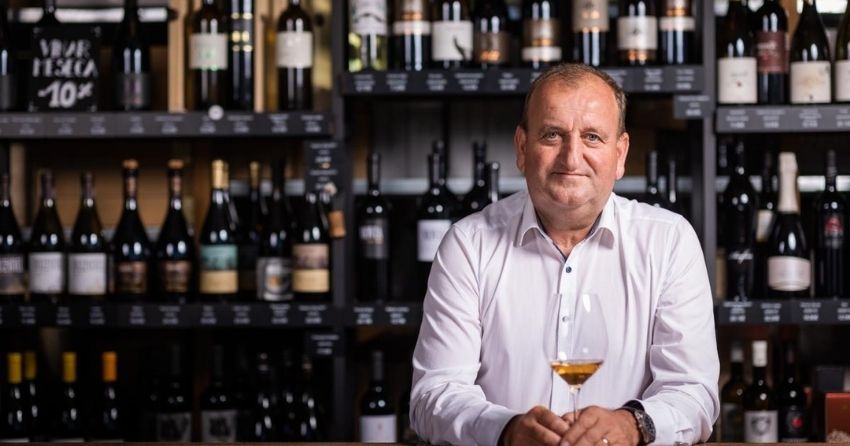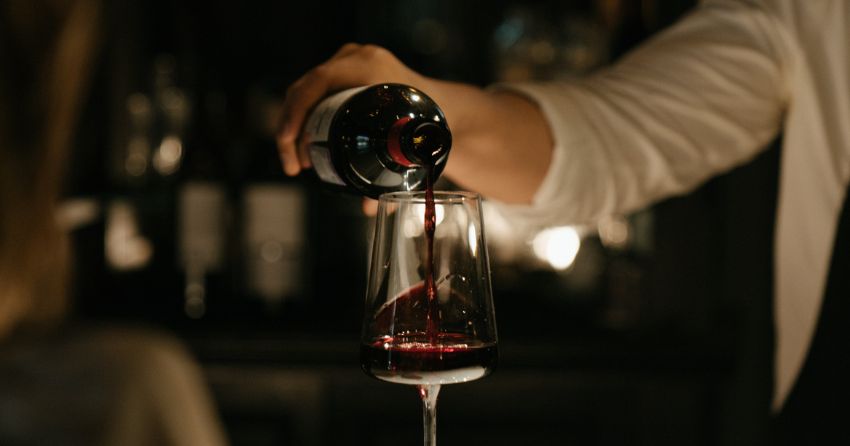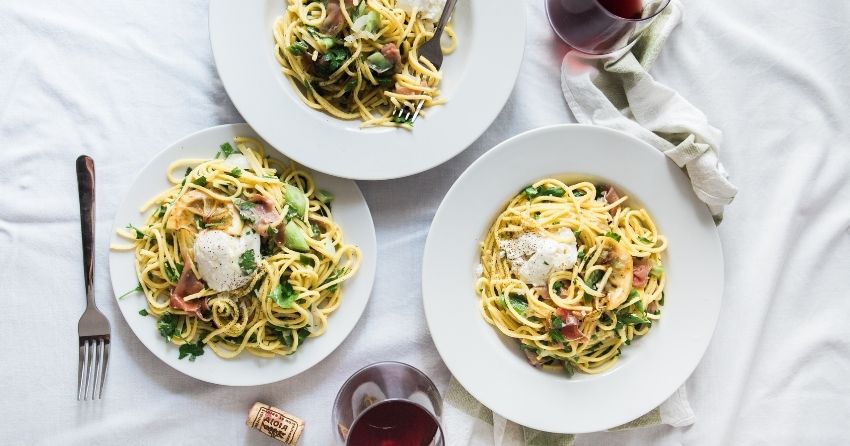The ABC of sparkling wines
16. december 2025
The most complex and exciting wines ...
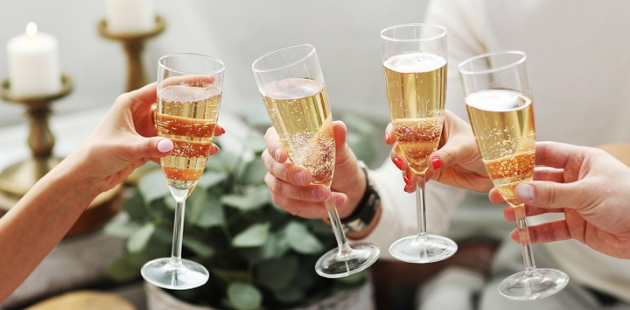
How is sparkling wine produced?
In the alcoholic fermentation of must, yeasts convert sugar into alcohol and carbon dioxide – if the latter escapes into the atmosphere, we get a still wine, but when it is retained in the vessel and left to dissolve in the wine, a sparkling wine is produced. According to some studies, there are 250 million bubbles in a bottle of sparkling wine. The pressure of the gasses in the bottle is the same as in a bus tyre.
What varieties of grapes are used for sparkling wine?
What are the processes for producing sparkling wines?
Why are some sparkling wines called Champagnes and others sparkling wines?
Why is the vintage year not indicated on the labels of most French Champagnes?
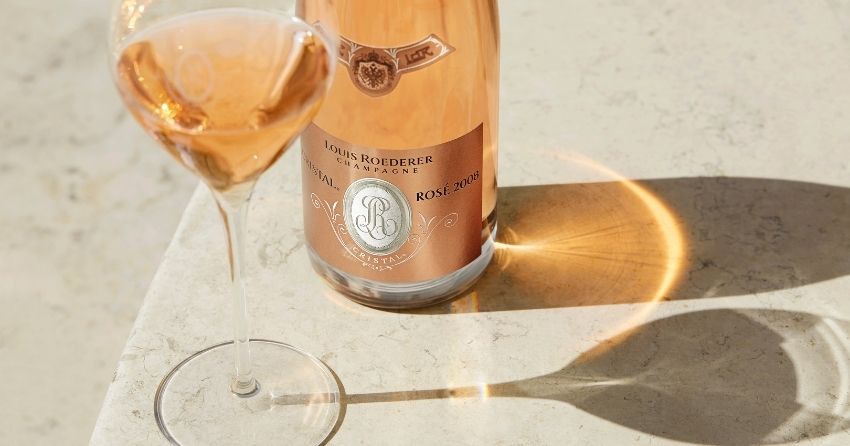
What does it mean if a sparkling wine has an autolysis or a yeasty or brioche character?
After the secondary fermentation in the bottle, the yeasts break down (enzymatic degradation) and partially dissolve in the wine. This process is called yeast autolysis. If the wine spends a long time (at least 15 to 18 months) in contact with dead yeast cells, it acquires characteristic and particularly noble aromas that make it even more interesting and complex.
How is the yeast sediment removed from the bottle?
By shaking and tilting the bottle in an upright position, the sediment settles on the special crown-cap that is used to close the bottle during secondary fermentation. The neck of the bottle is then frozen by immersing it in a freezing solution, after which the cap is removed and the frozen sediment is ejected from the wine by the carbon dioxide gas pressure inside the bottle. The bottle is then topped up with the same wine and a special cork is inserted.
What is an expedition liqueur?
This is the wine that is used to top up the bottles after the yeast sediment removal process. This wine contains some sugar, except in the Extra Brut style.
Can sparkling wines and Champagnes be aged (matured)?
Most sparkling wines and Champagnes are best drunk within a year of appearing on the market. Few cuvées are able to acquire truly complex flavours and aromas through maturation. The best vintage champagnes and special editions are capable of slowly maturing for decades.
How should sparkling wines and Champagnes be stored?
Wines with bubbles are more sensitive to temperature and light than still wines but are easily stored in a dark place at temperatures between 12 and 18 degrees Celsius. A temperature of between 9 and 11 degrees is recommended for longer storage. When buying sparkling wines in large quantities, it is best to keep them in their original boxes or corrugated cardboard packaging.
How should a bottle of sparkling wine or Champagne be cooled?
It is best to leave the bottle in a refrigerator overnight. The ideal wine serving temperature is five to seven degrees Celsius. If you have unannounced guests, it is easiest and fastest to cool the wine in a bucket of water and ice. The whole bottle should be cooled, including the neck.
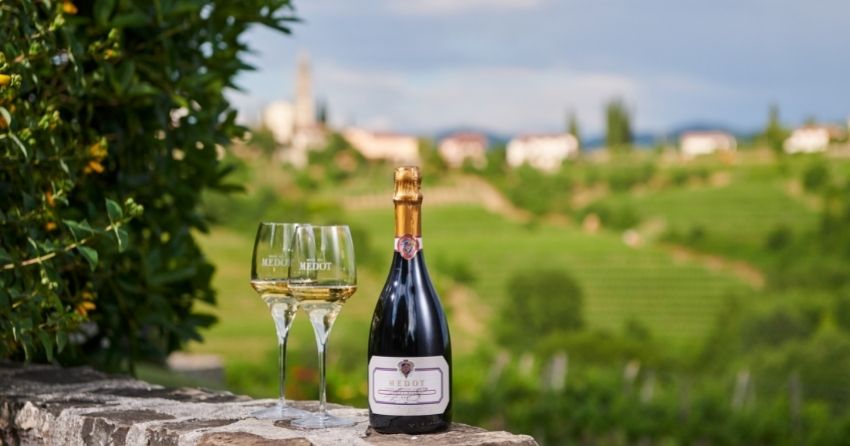
How should the bottle be opened?
How should a sparkling wine or Champagne be poured?
Can you store any leftover sparkling wine or Champagne for the next day?
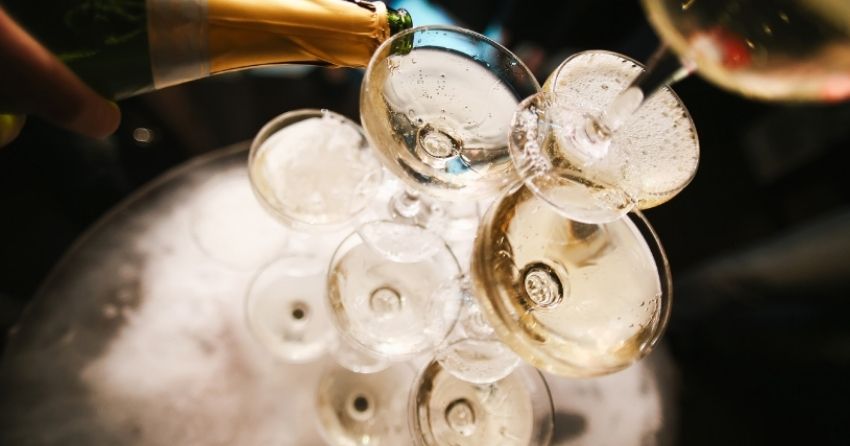
GLOSSARY
Penina – the Slovenian term for sparkling wine (first mentioned in Bleiweis’ Novice in 1853);

